Yarrow is a natural styptic that stops the bleeding of minor wounds almost instantly. Make some styptic powder from dried yarrow leaves, brew a yarrow tincture, or infuse a yarrow oil to keep this helpful herb on hand for herbal first aid.
Cuts from shaving can be annoying. Especially when you have to run to work and you’re bleeding profusely. We had an alum styptic pencil once that you moistened in water and applied to the wound to stop the bleeding. Sometimes it worked. Sometimes it didn’t. These days we are avoiding commercial chemical products as much as possible. Yarrow powder, or yarrow tincture, both function well to stop bleeding quickly. They can also be used on bruises, to reduce and heal bruising early and quickly.
Want to know how to stop bleeding in a hurry?
A styptic is an astringent that stops bleeding. Yarrow (Achillea millefolium) has the ability to stop bleeding and makes an excellent styptic. Yarrow styptic is also anti-inflammatory, pain-relieving, antimicrobial, and wound healing so it is a good choice for shaving cuts, skinned knees, bleeding mosquito bites, and other minor wounds. The Latin name comes from Achilles of Greek mythology, and the tradition in Roman and Greek times of carrying yarrow for wound care.
For thousands of years, yarrow was used to staunch the bleeding from wounds inflicted during wartime. Deep wounds were packed with yarrow powder to disinfect, relieve pain, and stop the profuse bleeding. In times of war, yarrow was a lifesaver. One of its other names is Soldiers’ Woundwort (Grieves). A piece of information to keep in the back of your mind, if you are lost in the woods, and wounded. Stopping a bleeding wound is your first priority.
Summer is the time of year to make natural yarrow styptic powder when the yarrow is thriving. Keep harvested and dried leaves in a small jar for when it’s needed.
Harvesting Yarrow
Yarrow is a perennial weed growing throughout North America. When you harvest it for herbal remedies cut it off and leave 2/3rds of the plant to regrow for next year. To make an herbal styptic you are just going to use the leaves.
There are two kinds of leaves. At the base of the plant, you’ll find long fernlike leaves. Whereas growing up the stalk there are tiny fern-like leaves. To make styptic powder, you want to harvest the long fernlike leaves growing from the base of the plant. The leaves on the stem work, too, but it’s more work to harvest them.
Gather a generous handful of these longer leaves, but don’t take more than 1/3rd from any one plant. The plant needs these remaining leaves to feed the root system and store up food for winter.
Gather the leaves into a bundle and secure with an elastic band.
Hang the bundle in a dry, shady spot away from direct sunlight to dry. They will be dry in 3 to 7 days, depending on your humidity. You don’t need a dehydrator for this step unless you have more than 75% humidity.
Once the leaves are completely dry and crumbly, put them in a blender jar or the grinder attachment of a hand blender, and blend them into a fine powder. This is your styptic powder.
Keep this natural yarrow styptic powder in a small glass jar with a lid or in a tin with a lid. Label it and date it. It will last up to 5 years if kept cool and dry.
To use natural yarrow styptic powder for minor abrasions
Take a pinch of the dried powder and apply it directly to the wound. A strong scab will form mixed with the yarrow, which will drop off when new skin forms under the scab. The yarrow will staunch the bleeding, numb the pain, and act as an antiseptic.
Use it to stop a nosebleed. Just put a pinch in the nostril where the bleeding is and blow it out after the bleeding has stopped fully. Yarrow has an analgesic action, too.
Yarrow is one of those gifted herbs with so many uses. Read about yarrow’s full herbal actions here.
If you don’t have Yarrow growing near you, you can get dried yarrow flowers and leaves from Mountain Rose Herbs. Richter’s herbs do carry the seed for wild yarrow if you want to get a patch established on your homestead.
Some other ways to use yarrow:
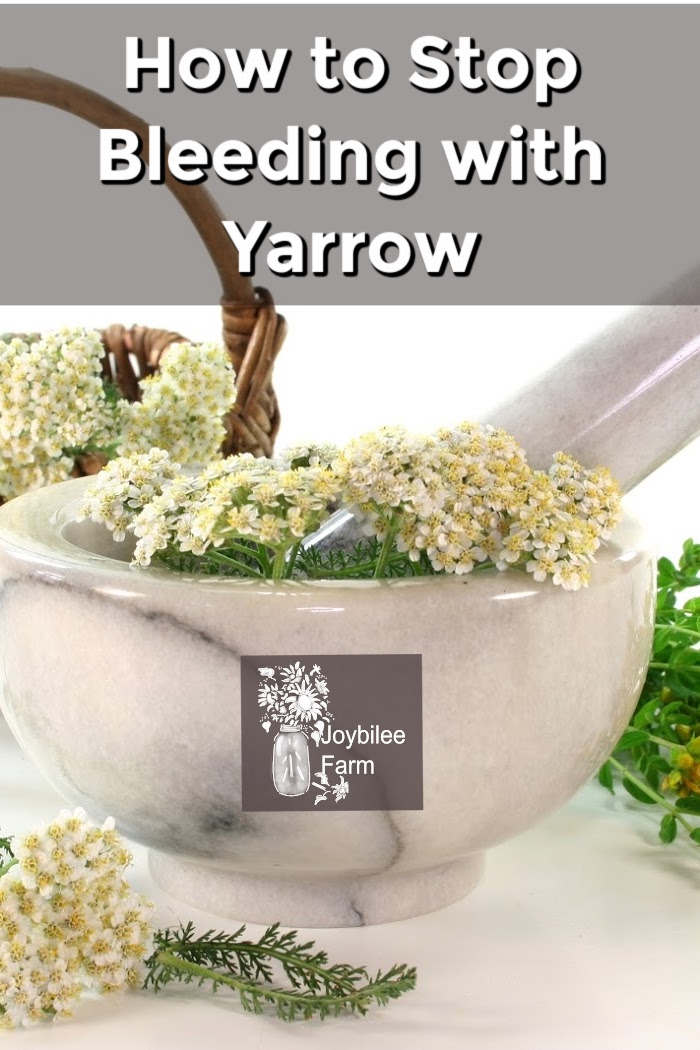
Make yarrow tincture for fevers, cold, and flu.
Make yarrow tea to break a fever and stop the symptoms of a viral illness. Yarrow tea can also help with lingering bruising, and I have used it to lessen the effects of a minor concussion.
Make a yarrow salve to heal wounds, and relieve inflammation.
Make a tincture to lower blood pressure with yarrow and other herbs.
Find out more:
Learn more about herbal remedies and essential oils from an herbalist’s perspective in my new Book, The Beginners’ Book of Essential Oils, now available in paperback, in Kindle, or in a printable digital format. (pdf).


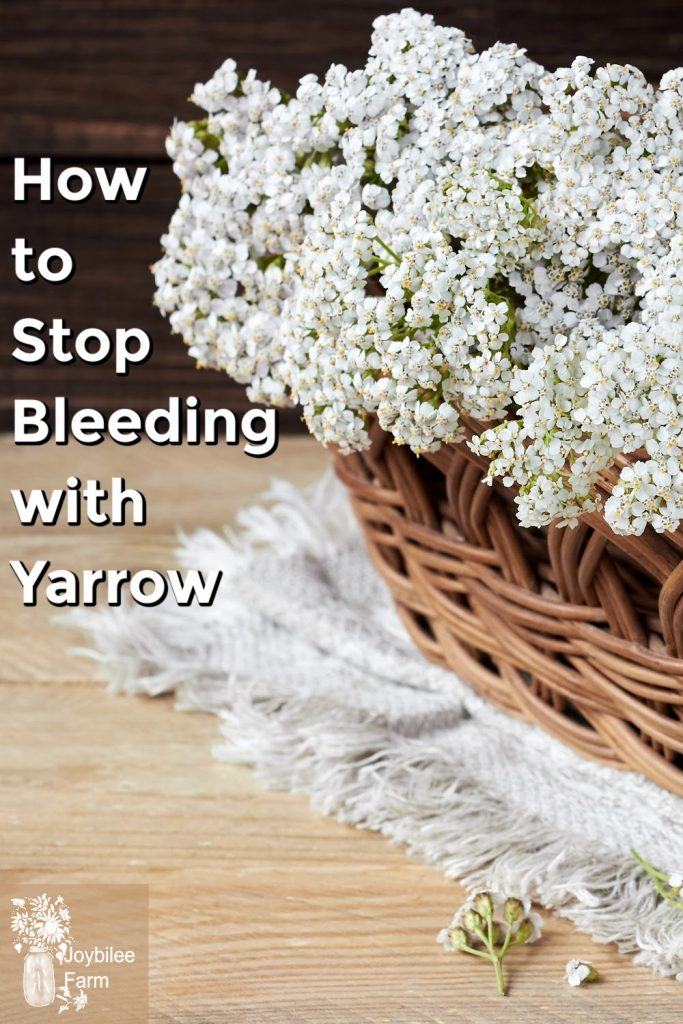
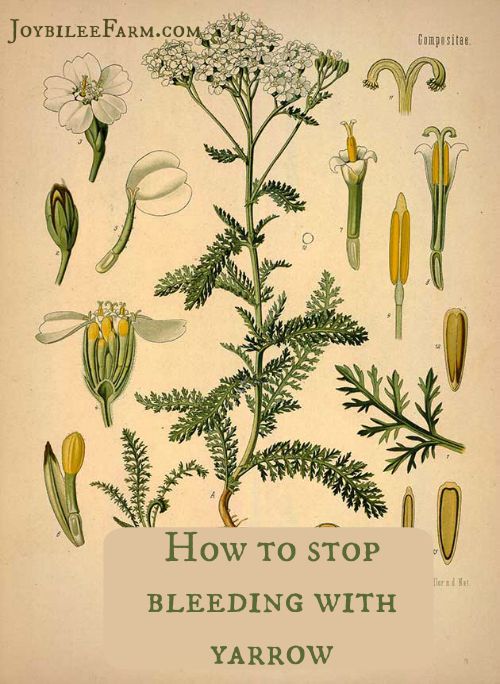
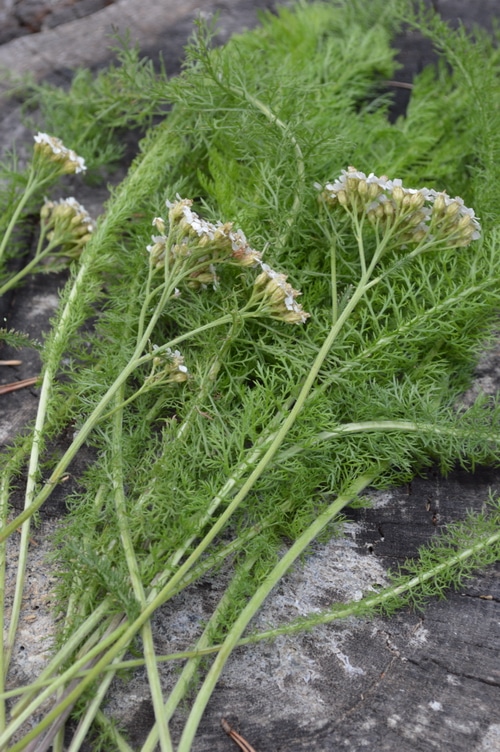
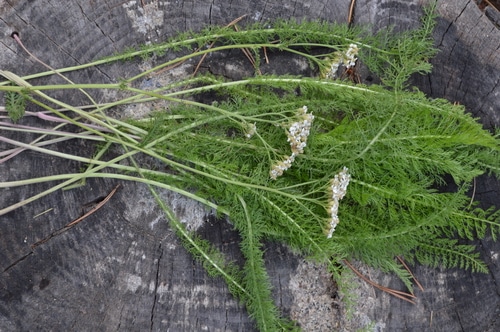
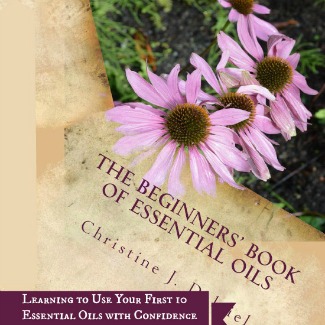

Thank you for this useful information. I picked and dried some wild yarrow recently. I also grew a cultivated strain called ProA yarrow (seeds from Richter’s) which had good germination. It’s supposed to be higher in azulene. The plants are still quite small so I haven’t picked those.
If you would like me to share some of the seed with you, I’d be happy to send some to you. (I’m in Canada, too). After all, you are sharing so much valuable knowledge with us!
I’m glad you found it helpful, Angi. There’s so much you can do with yarrow. I’m glad it grows so abundantly around me.
Hi, Lisa, Nice to meet you. Yes, the ebook is in pdf format, so you can read it on your pc.
I just read all your yarrow posts, thanks for the information. A friend sent me a bag full of yarrow and I’m excited to start working with it.
Hi, Chris,
I really love your page! And am very thankful for your hints and tipps and am impressed by your enormous knowledge!
What a kind offer for a free e-book. My question: can I use it on my PC also? Because I do not have a Kindle or any other e-reader.
With sincere regards from Vienna,
Lisa